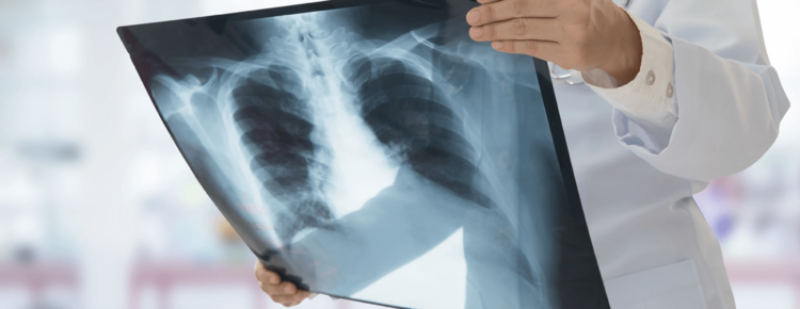Researchers used nearly 150,000 chest X-rays to train an artificial intelligence program to identify patterns in the images associated with risk from major cardiovascular disease events. They tested the program on a separate group of about 11,000 people and found “significant association” between the risk level predicted by the AI and the actual occurrence of a major cardiovascular disease event.
The clinical standard for analyzing risk from cardiovascular disease is the atherosclerotic cardiovascular disease (ASCVD) risk score, a calculator that weights various patient data points that have been found to have a high association with adverse cardiovascular events, including age, blood pressure and history of smoking.
Statin medication is recommended for people with a 10-year risk of 7.5% or higher. The AI model uses the same risk thresholds as the established risk calculator, and early findings suggest that it works just as well.
“We’ve long recognized that X-rays capture information beyond traditional diagnostic findings, but we haven’t used this data because we haven’t had robust, reliable methods,” said Dr. Jakob Weiss, the lead researcher and a radiologist affiliated with Massachusetts General Hospital and the AI in Medicine program at Harvard Medical School’s Brigham and Women’s Hospital.
Sometimes, the AI findings align with a traditional radiology reading, but other times, it picks up on things that may have been missed, he said.































